NOVA
Season 35
s35e01 / Secrets Of The Samurai Sword
10th Oct '07 - 1:00am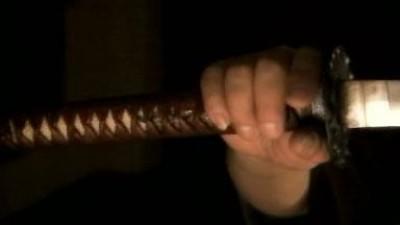
The science behind samurai swords is explored. Included: the six-month creation process of one sword, from smelting to the sharpening of the blade; a Japanese receptionist whose interest in samurai swords maintains a family tradition. Also: Lehigh University professor Michael Notis explains what makes the sword an effective weapon.
s35e02 / Ghost In Your Genes
17th Oct '07 - 1:00am
An examination of the gatekeeper role played by the epigenome, which can shape everything from whether people develop diseases to whether they are fat or slim by turning on and off specific genes. Also: how a person's habits - good and bad - may affect future generations.
s35e03 / Marathon Challenge
31st Oct '07 - 1:00am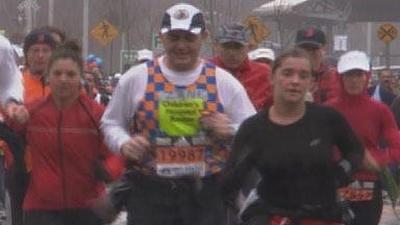
Thirteen novices, ranging in age from 22 to 60, train nine months for the Boston Marathon. The group includes a former smoker, a heart-attack survivor and an overweight woman, and receives support from three-time Boston Marathon winner Uta Pippig and Donald Megerle, director of Tufts' annual President's Marathon Challenge. Included: comments from Timothy Noakes, a University of Cape Town sports-medicine expert; and Harvard bioanthropologist Daniel Lieberman.
s35e04 / Sputnik Declassified
7th Nov '07 - 2:00am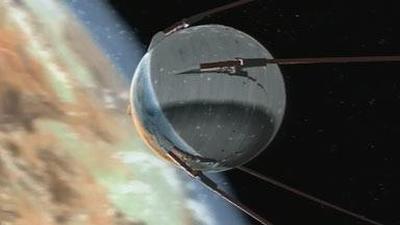
The early years of the space race are recalled, including the Soviet launch of the Sputnik I satellite on Oct. 4, 1957; the failed U.S. attempt to launch a satellite eight weeks later; and the contributions to the American space program by Wernher von Braun, who had led Nazi Germany's rocket program. Also: comments from the National Air and Space Museum's Roger Launius and Michael Neufeld; and National Reconnaissance Office historian emeritus R. Cargill Hall.
s35e05 / Judgment Day: Intelligent Design On Trial
14th Nov '07 - 2:00am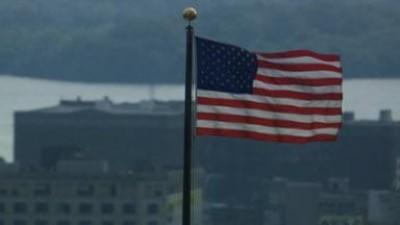
Kitzmiller v. Dover Area School District, a 2005 federal law suit that successfully challenged the mention of intelligent design in a Dover, Pa., public-school ninth-grade science class as a violation of church-state division, is recalled. Included: trial reenactments; comments from participants, including parents, scientists, teachers and town officials.
s35e06 / Master Of The Killer Ants
21st Nov '07 - 2:00am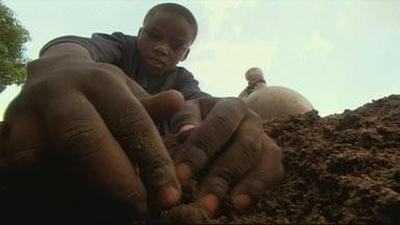
Driven by drought, termites invade the huts and granaries of the Mofu, a Cameroon tribe that relies on fierce dragon-shaped army ants to subdue the termites. Included: footage of the resulting termite-ant war.
s35e07 / Missing In MiG Alley
19th Dec '07 - 2:00am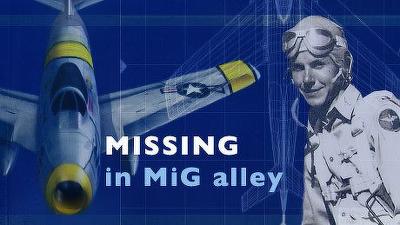
The Korean War air battles between the American F-86 Sabre and the Soviet MiG-15 are recalled via archival footage, comments from American and Soviet pilots and dramatic reconstructions. Also: the efforts of American families to learn what happened to loved ones shot down over enemy territory.
s35e08 / Absolute Zero: The Conquest Of Cold (1)
9th Jan '08 - 2:00am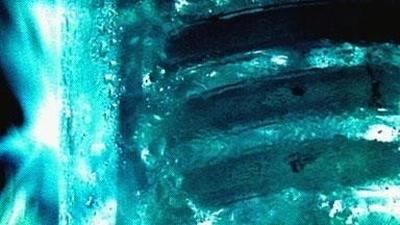
Our mastery of cold is something we take for granted, whether it s air conditioning and frozen food or the liquefied gases and superconductivity at the heart of cutting-edge technology. But what is cold? How do you achieve it, and how cold can it get? This two-part NOVA special brings the history of this frosty fascination to life with brilliant dramatic recreations of high moments in low-temperature research and the quest for ever-lower notches on the thermometer.
s35e09 / Absolute Zero: The Race For Absolute Zero (2)
16th Jan '08 - 2:00am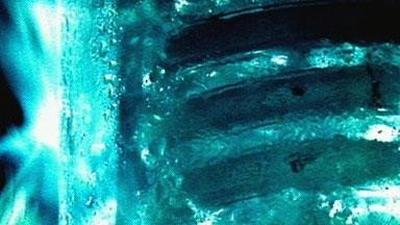
Our mastery of cold is something we take for granted, whether it s air conditioning and frozen food or the liquefied gases and superconductivity at the heart of cutting-edge technology. But what is cold? How do you achieve it, and how cold can it get? This two-part NOVA special brings the history of this frosty fascination to life with brilliant dramatic recreations of high moments in low-temperature research and the quest for ever-lower notches on the thermometer.
s35e10 / Secrets Of The Parthenon
30th Jan '08 - 2:00am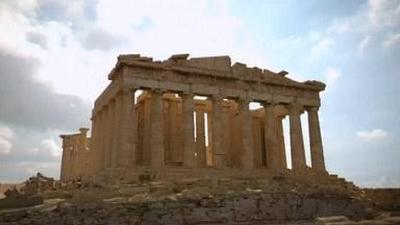
A look into the restoration of the Parthenon by the Greek government, dating back 25 centuries as secrets are revealed of how the temple was built. Includes remarks from Acropolis Restoration Project architect Manolis Korres; University of Florida art history professor Barbara Barletta; University of Bath architecture and civil engineering lecturer Mark Wilson Jones; and University of Pennsylvania Greco-Roman architecture expert Lothar Haselberger.
s35e11 / Astrospies
13th Feb '08 - 2:00am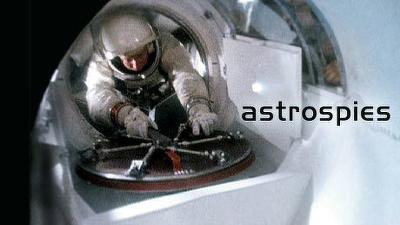
A look back at the plan to militarize space between the USA and USSR back during the Cold War era. Interviews from astronauts who were involved in the top secret American program, plus, a look at the Soviet "Almaz" spy station, which featured high-powered spy cameras and a cannon which could knock a satellite out of commission.
s35e12 / Ape Genius
20th Feb '08 - 2:00am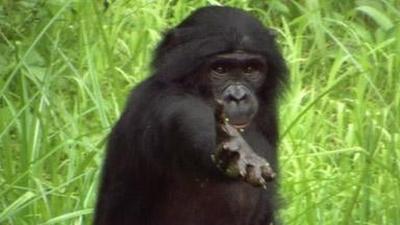
An investigation concerning the great apes intellectual abilities which include bonbos, chimps, gorillas, and orangutans, plus a look at why the ape culture has yet to evolve. Includes an experiment comparing toddlers and chimpanzees, film of apes in their natural habitats and the surprising way they act, from the holding of a pool party to a mother grieving for her dead offspring.
s35e13 / The Four-Winged Dinosaur
27th Feb '08 - 2:00am
A look at the 2002 discovery of a four-winged crow-sized dinosaur fossil dubbed Microraptor, which has rekindled the scientific debate over the origins of flight. Included is a wind tunnel test of a "flight-ready" model of the 130 million-year-old Microraptor.
s35e14 / Cracking The Maya Code
9th Apr '08 - 1:00am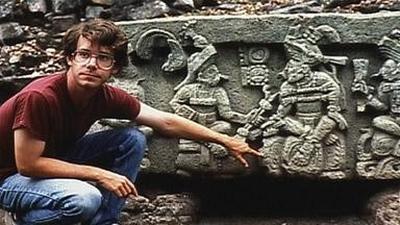
The story of how experts deciphered the hieroglyphs of the ancient people who lived in the area of Southern Mexico and Central America known as the Mayans.
s35e15 / Car Of The Future
23rd Apr '08 - 1:00am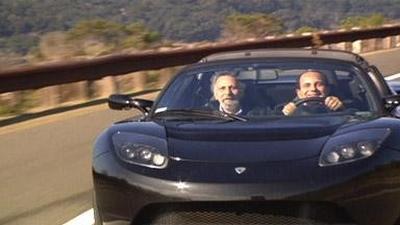
The hosts of Car Talk Tom and Ray Magliozzi are hunting for a new car to replace Tom's 1952 MG roadster. They head to at Detroit's North American International Auto Show and Boston's AltWheels Festival to seek out the future of the automobile talk with engineers working on environmentally friendly technologies and question a Detroit auto executive. Also included is a look at hydrogen-fuel cells, ethanol, and lithium-ion batteries
s35e16 / A Walk To Beautiful
14th May '08 - 1:00am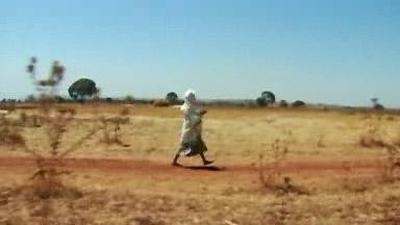
The story of a group of women in Ethiopia who are treated as pariahs because a an illness which they were born with, obstetric fistula (a condition since childhood which causes incontinence). The women make their way to Addis Ababa Fistula Hospital for treatments.
s35e17 / Lord Of The Ants
21st May '08 - 1:00am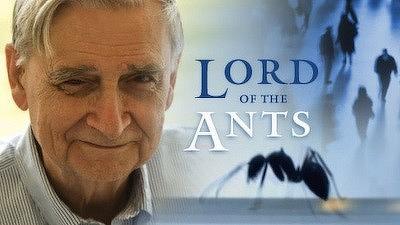
At age 78, E.O. Wilson is still going through his "little savage" phase of boyhood exploration of the natural world. In "Lord of the Ants", NOVA profiles this soft-spoken Southerner and Harvard professor, who is an acclaimed advocate for ants, biological diversity, and the controversial extension of Darwinian ideas to human society.
- View Season 1 Episodes
- View Season 2 Episodes
- View Season 3 Episodes
- View Season 4 Episodes
- View Season 5 Episodes
- View Season 6 Episodes
- View Season 7 Episodes
- View Season 8 Episodes
- View Season 9 Episodes
- View Season 10 Episodes
- View Season 11 Episodes
- View Season 12 Episodes
- View Season 13 Episodes
- View Season 14 Episodes
- View Season 15 Episodes
- View Season 16 Episodes
- View Season 17 Episodes
- View Season 18 Episodes
- View Season 19 Episodes
- View Season 20 Episodes
- View Season 21 Episodes
- View Season 22 Episodes
- View Season 23 Episodes
- View Season 24 Episodes
- View Season 25 Episodes
- View Season 26 Episodes
- View Season 27 Episodes
- View Season 28 Episodes
- View Season 29 Episodes
- View Season 30 Episodes
- View Season 31 Episodes
- View Season 32 Episodes
- View Season 33 Episodes
- View Season 34 Episodes
- View Season 35 Episodes
- View Season 36 Episodes
- View Season 37 Episodes
- View Season 38 Episodes
- View Season 39 Episodes
- View Season 40 Episodes
- View Season 41 Episodes
- View Season 42 Episodes
- View Season 43 Episodes
- View Season 44 Episodes
- View Season 45 Episodes